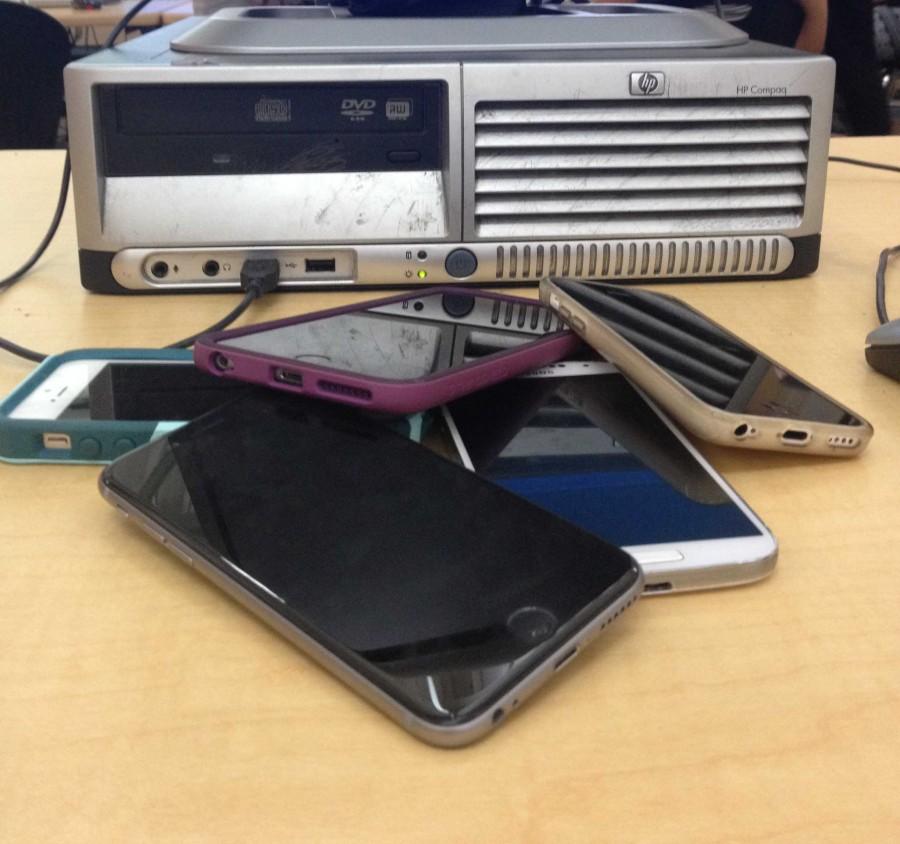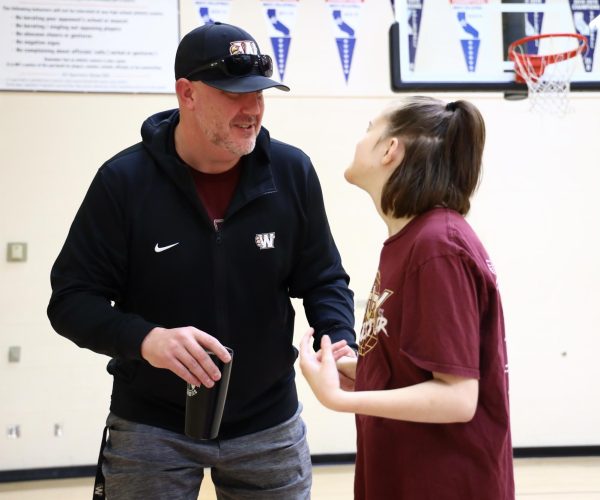Technology provides benefits to learning, school satisfaction
Phones, phones, phones. Cellular devices have become teenagers’ way of living — between contacting friends or family, Googling the nearest fast food place, or tweeting and snapchatting. The limits to this technology are endless; however, most schools only recognize them as one thing: a distraction.
According to Pew Research Center, 12% of teens with cell phones say that they can have a cell phone at their school at all times. 62% of teens say that they can have a cell phone at school but not in class, and another quarter of teens attend schools that forbid cell phones altogether. Regardless, according to most policies, cell phones cannot be used in class.
Although policies are put in place, that does not mean that they are enforced school-wide. Most students find their way around the rules by texting in backpacks or going to the bathroom to respond to a call or text. About 31% of teens text frequently in class, another 33% text in class occasionally and 36% say they never send text messages during class. With the amount of students working around the system, the question that should arise to many is: should the policy change?
Schools nationwide are gradually becoming more advanced with technology improvements to their school to increase the boundaries of learning. Having easy access to Chromebooks and iPads, etc. allows for students to do research information easily in class and on the spot to find an answer. According to Pew Research Center, almost three-quarters of AP teachers, 73%, say that they and/or their students use their mobile phones as a learning device in the classroom or to complete assignments. Although not all classes on campus may be a “college prep” class, high school is preparing us for college and in the real world, using cell phones to look up information is permissible.
If cell phones were permitted in class, there is a question asked if students are actually using it for school purposes or to text back a friend. While 19% of teachers say students are not allowed to have these devices in their classrooms, 28% say this is a major issue for them and another 43% say it is a minor issue. According to Pew Research Center, the remaining 11% describe the management of students’ use of cellphones and other tech devices in class as “not an issue at all” .
The debate about cell phone use in schools will always be up to question but should be considered about the high limits that it could take schools.
by PAIGE COVENEY











